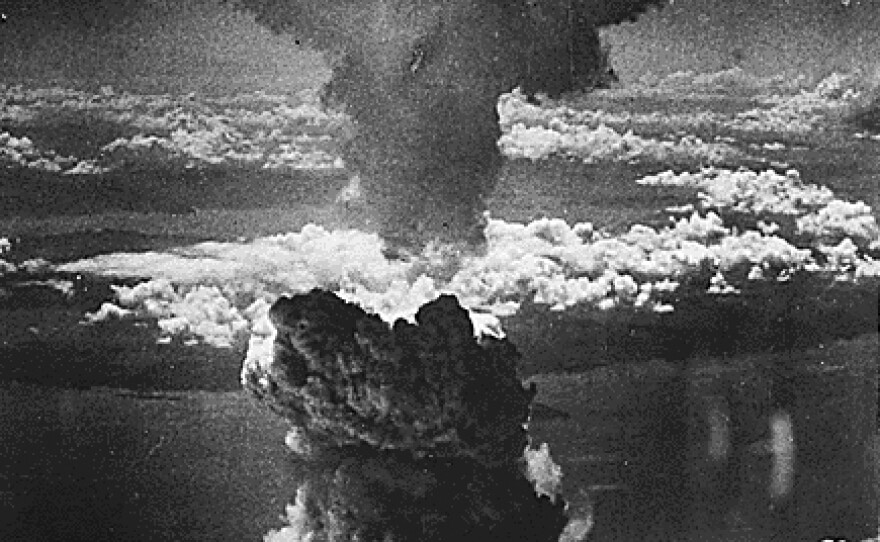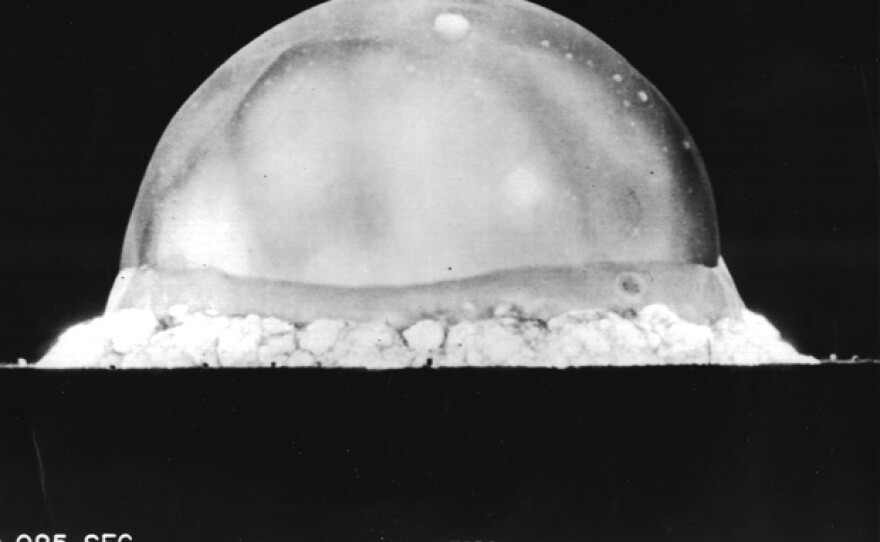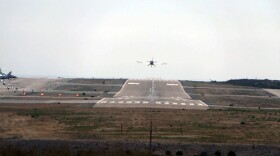
"In My Lifetime" thoughtfully and thoroughly examines the 68-year history of nuclear weapons — the most destructive force ever invented. Filmed in Europe, Japan and the U.S., "In My Lifetime" focuses on the continuing struggle of citizens, scientists and political leaders working to reduce or eliminate the atomic threat, while others search for ways to build nuclear weapons.
In contemporary interviews, former heads of state, United Nations representatives, figures from the nuclear establishment, Manhattan Project scientists, Nobel Peace- and Pulitzer Prize-winners, military personnel and atomic-bomb survivors recount the birth of the nuclear age and detail the key developments that followed.
The film shifts between historical events, including the Cuban missile crisis and the historic 1986 Reykjavik Summit between Reagan and Gorbachev to present-day efforts to contain the spread of nuclear weapons.
"In My Lifetime" also details the obstacles — political and human — impeding a solution to this complex global issue.





